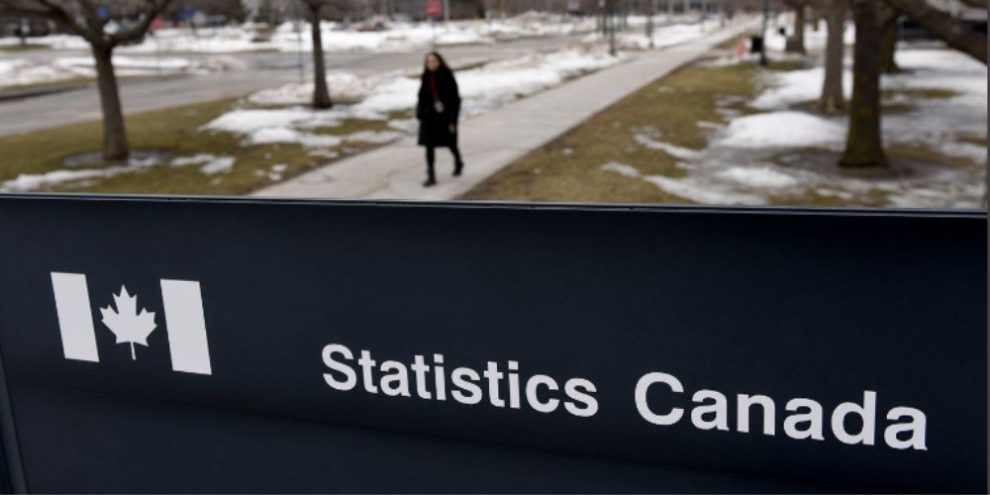
By Nojoud Al Mallees in Ottawa
Canada's annual inflation rate held steady in October after several months of slowing as gas prices climbed.
In its latest consumer price index report, Statistics Canada said the country's annual inflation rate was 6.9 per cent last month, remaining unchanged from September.
Although inflation staying high is not good news, RSM Canada economist Tu Nguyen said the latest numbers are not a surprise given gas prices went up last month.
"To me, the increase in gasoline prices in October was not very concerning, because ... it's just one component [of inflation]," Nguyen said, noting that prices went up because Organization of the Petroleum Exporting Countries cut production.
Statistics Canada said higher mortgage interest costs also put upward pressure on inflation.
However, offsetting higher gas prices and rising interest rates was a slowdown in price growth for groceries and natural gas.
Grocery prices have been rising at the fastest pace in decades in recent months. In October, grocery prices were 11 per cent higher than they were a year ago. That’s down from 11.4 per cent in September.
Despite the slowdown, grocery prices continued to rise at a faster year-over-year pace than overall inflation for an eleventh consecutive month.
On a monthly basis, the consumer price index was up 0.7 per cent.
The latest inflation numbers come after several months of declines in headline inflation. After reaching a peak of 8.1 per cent in June, inflation has slowed, largely due to tumbling gas prices.
However, gas prices went up in October for the first time since June, climbing 9.2 per cent from September to October.
The cost of living is a top concern in the Canadian economy as inflation erodes purchasing power and pushes the Bank of Canada to raise interest rates rapidly.
However, the gap between inflation and growth in wages is narrowing as inflation slows and wages continue to rise.
In October, wages were up 5.6 per cent compared with a year ago.
The Bank of Canada has raised interest rates six consecutive times since March to clamp down on high inflation. After slashing rates to near-zero during the pandemic, the central bank has moved quickly this year to raise the cost of borrowing for Canadians and businesses.
Higher interest rates are expected to bring about an economic slowdown that the central bank hopes will bring inflation down.
And although the Bank of Canada began raising interest rates in March, the full effect of the rate hikes has yet to be felt. Economists say it can take up to two years for higher interest rates to fully work their way through the economy.
The Bank of Canada will be paying close attention to the latest consumer price index report as it prepares for its next interest rate decision slated in December.
The central bank will have an eye on its preferred core measures of inflation, which tend to be less volatile than the headline rate.
These measures ticked slightly higher in October compared with September.
Nguyen said she expects the Bank of Canada to opt for a quarter-percentage point rate hike next month, though a heftier half-percentage rate hike can't be ruled out.
This report by The Canadian Press was first published Nov. 16, 2022.
Banner image via The Canadian Press






